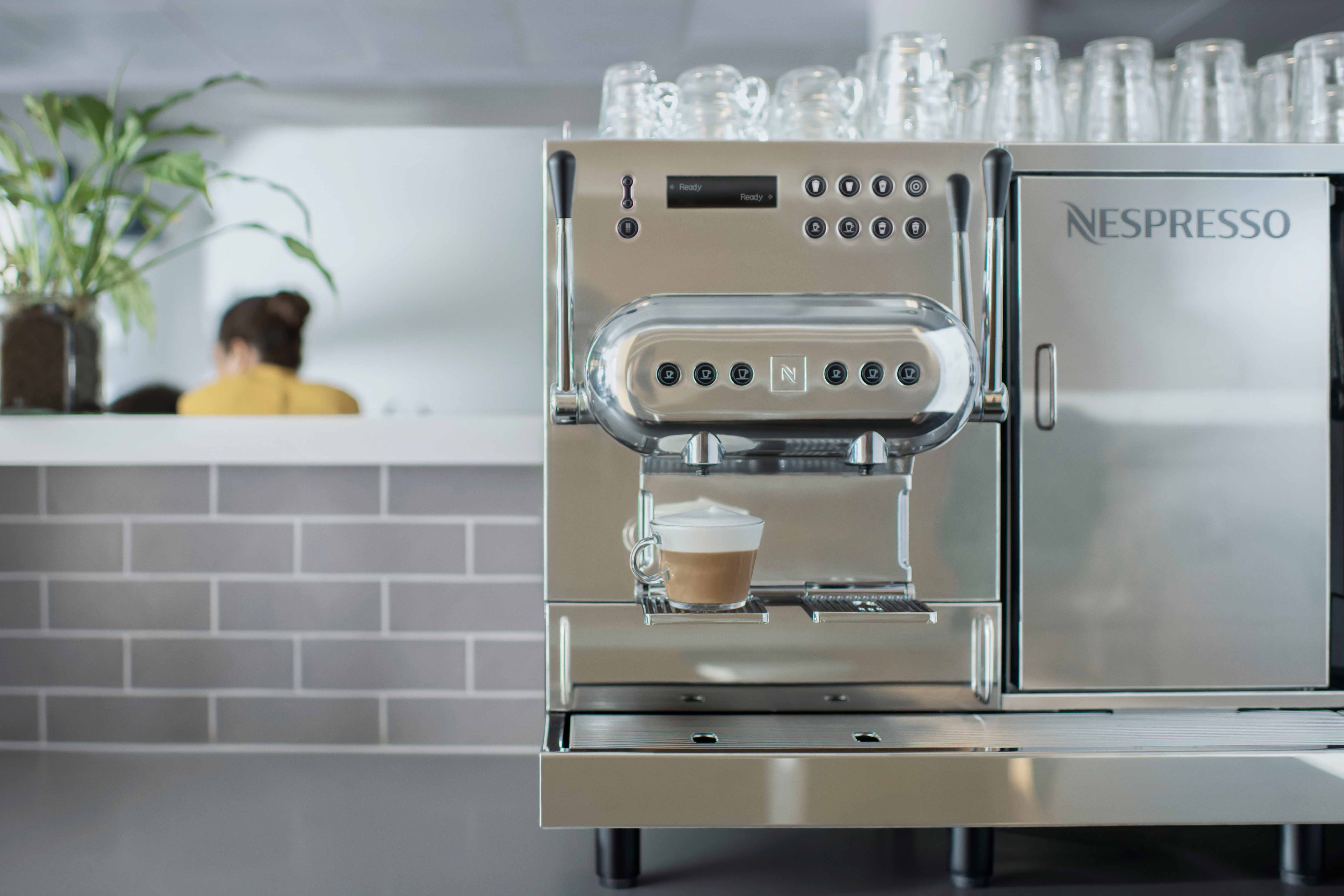Header
Innovation is crucial to an organisation’s long-term success. With an innovative workplace culture, employees are empowered to tackle challenges differently, solve problems creatively, and achieve breakthroughs more consistently.
What can organisations do to encourage more employees to think outside the box and adapt faster to new ways of working? We take a closer look at the three habits of highly innovative cultures for some insights.
Cultivate diversity of talents

A research study found that companies with more diverse management teams have 19% higher revenues from new products and services, demonstrating the strong correlation between talent diversity and a company’s ability to innovate.
When diverse team members work together, they bring their unique personalities and skill sets to the job. A diverse team is hence capable of perceiving the same challenge from different lenses and is better equipped to come up with a variety of solutions, thereby increasing an organisation’s odds for success.
Here are some ideas to help encourage workplace diversity:
- Communicate the importance of inclusivity to employees so that everyone understands that fostering a harmonious office environment is a shared responsibility.
- Create opportunities that allow employees with diverse skill sets to grow and flourish within the organisation.
- Conduct regular knowledge exchange sessions by inviting individuals with different experiences to share about subjects they are passionate about.
Support continuous development
Keeping pace with change is essential in today’s age of digital transformation. The path to maintaining professional relevance is apparent as both employees and employers rank continuous learning and development as the top-rated human capital trend for 2019.
Many organisations adopt an integrated approach to cater to different learning needs, with their learning and development initiatives built on a well-rounded framework encompassing three primary dimensions: job experience, interaction and collaboration, and formal learning interventions.
| Benefits | Initiatives | |
|---|---|---|
| Job Experience | Experiential learning encourages direct, hands-on engagement, resulting in better retention of knowledge. | Provide employees with a broad range of experiences within the organisation with an internal mobility programme—thus empowering them to acquire different skill sets as they move laterally across the company. |
| Interaction and Collaboration | Exposing employees to their peers and seniors helps to broaden their horizons, expand their learning circles and improve collaboration. | Start a mentorship programme and assign employees (the mentee) to those with more experience (the mentor). Mentorship will help mentees to gain guidance in specific areas, while grooming mentors to be potential leaders. |
| Formal learning interventions | Professional training and learning programmes are essential in keeping employees up to date with the latest industry developments. | Organisations often host lunch & learn events, where industry experts are invited to share on relevant subjects. You can blend formal and informal learning through lunch & learn events to create a more laidback atmosphere for creative thinking. |
| Benefits | Initiatives |
|---|---|
| Experiential learning encourages direct, hands-on engagement, resulting in better retention of knowledge. | Provide employees with a broad range of experiences within the organisation with an internal mobility programme—thus empowering them to acquire different skill sets as they move laterally across the company. |
| Benefits | Initiatives |
|---|---|
| Exposing employees to their peers and seniors helps to broaden their horizons, expand their learning circles and improve collaboration. | Start a mentorship programme and assign employees (the mentee) to those with more experience (the mentor). Mentorship will help mentees to gain guidance in specific areas, while grooming mentors to be potential leaders. |
| Benefits | Initiatives |
|---|---|
| Professional training and learning programmes are essential in keeping employees up to date with the latest industry developments. | Organisations often host lunch & learn events, where industry experts are invited to share on relevant subjects. You can blend formal and informal learning through lunch & learn events to create a more laidback atmosphere for creative thinking. |
Encourage spontaneous collaboration
Inspiration can happen anywhere, anytime. Sometimes, meetings are a productive platform for generating creativity. However, spontaneous interactions can be just as important to spark innovative ideas.
“Stepping away from your desks encourages more spontaneity, creative exchange and meaningful moments together. The break enables employees to take a step back, reassess the task as a team, and unlock creative ideas collectively.”
Spaces for face-to-face interactions are becoming increasingly important, such as the pantry, where people often gather for a morning coffee or simply catch up over conversations. To create a conducive environment where discussions can take place more spontaneously, you can consider equipping communal areas with coffee machines, snacks and ample seating room to encourage workers to move away for their desks, and facilitate spontaneous collaboration.

Bringing innovation to life
Organisations must continue to build on existing best practices in order to achieve greater, faster innovation and maintain long-term competitiveness.
When organisations build their own unique culture based on diversity, development, and collaboration, a strong foundation is laid to meet the challenges of tomorrow. Are you ready?
Not a Nespresso customer yet?
Fill in the form below to be contacted by a Nespresso Sales representative.















